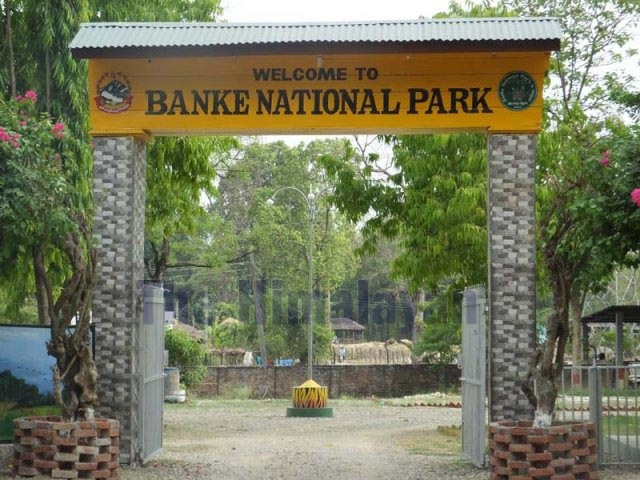Banke National Park, a must visit in 2020
NEPALGUNJ: The number of tourists visiting Banke National Park is on an increasing trend every year as the location of the park has made it easier for people to access it.
Banke National Park, located at a distance of 15 kilometres from Nepalgunj Airport, lies along the Mahendra Highway and is also close to the Nepal-India border. Easy accessibility is one of the major reasons for the increasing number of domestic and international tourists visiting the park.
The park, being rich in natural resources and home to the Royal Bengal Tiger, has been welcoming more tourists.
According to the national park data, only four tourists visited the park two years ago, which increased to 160 in the fiscal year 2075/2076 BS. Among the 160 tourists visiting the park, 148 were domestic, 11 were from SAARC countries, and one was an international tourist, informed Pramod Bhattarai, chief conservation officer at the national park.
Banke National Park has been promoted as a major touristic destination of Province 5 for the Visit Nepal Year-2020 campaign. Tiger count has increased from zero to 21 within eight years since the park establishment, added conservation officer Bhattarai.
Banke National Park, a gateway to Karnali and Sudur-Paschim provinces, has been made easily accessible to people using the East-West Highway.
Tourists will be able to visit the park in a short period of time within a reasonable budget. “Banke National Park is becoming a transit point for the tourists,” said Bhattarai.
According to Krishna Chaudhary, owner of Gavar Valley Community Home Stay, major attractions of the park are the truly dazzling view of the Chure Range, availability of trekking facility at the park, richness in wildlife and biodiversity. Domestic tourists especially gather at the park to visit various smaller Chure ranges that lie within the national park, added Chaudhary.
The importance of the national park and homestays has increased with the rise in number of tourists visiting the region. There are at least three private Tharu homestays and 17 other community homestays near the national park, which contribute in boosting the local economy.
(Translated by Nishant Pokhrel, Edited by Priyanka Adhikari)






